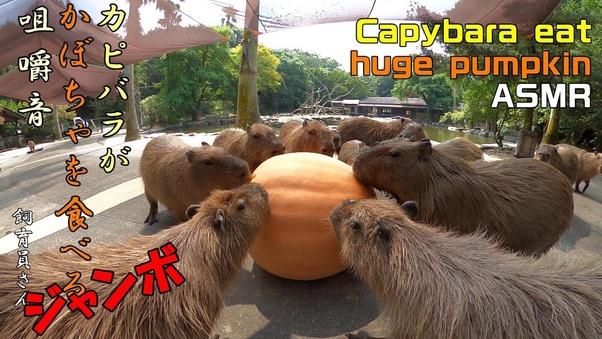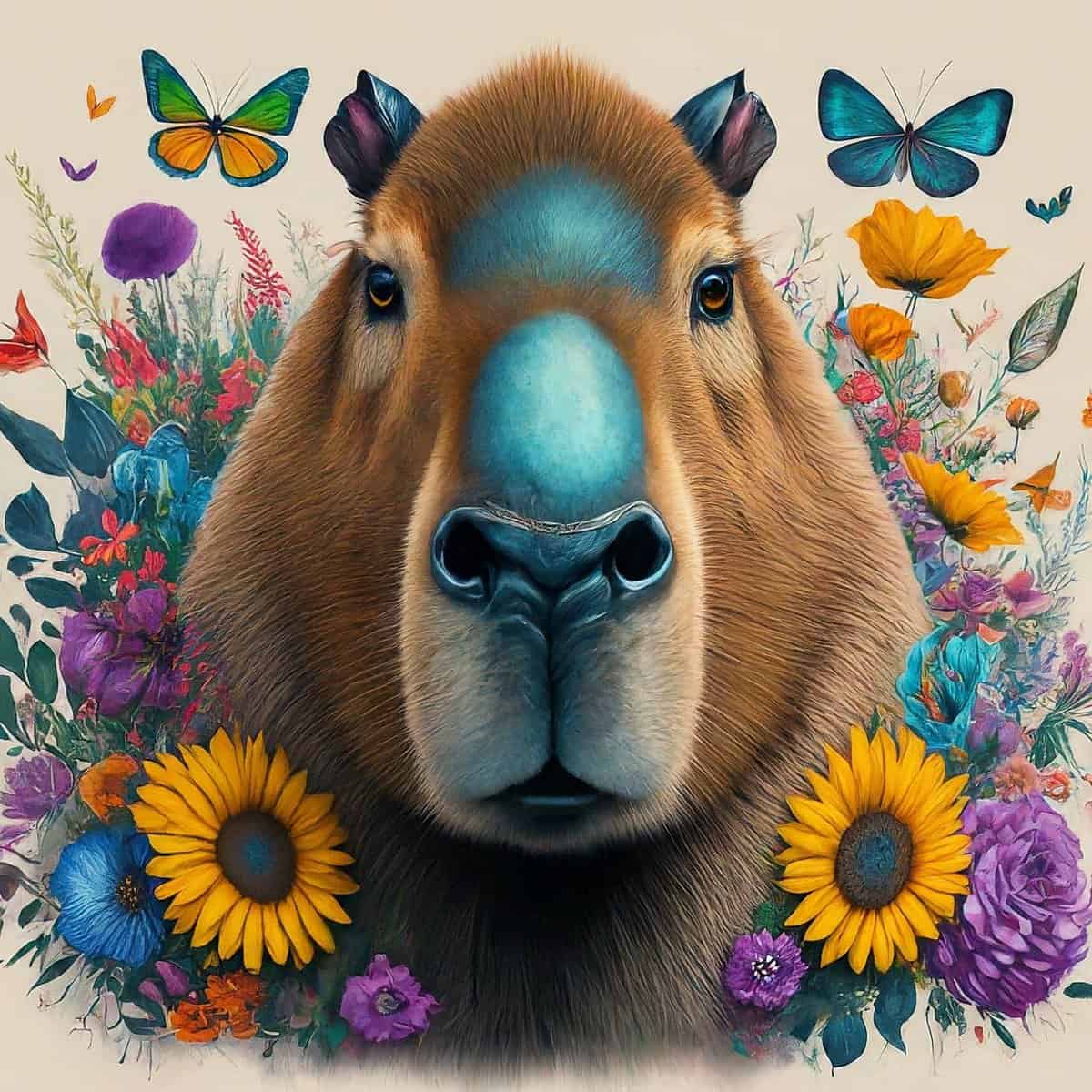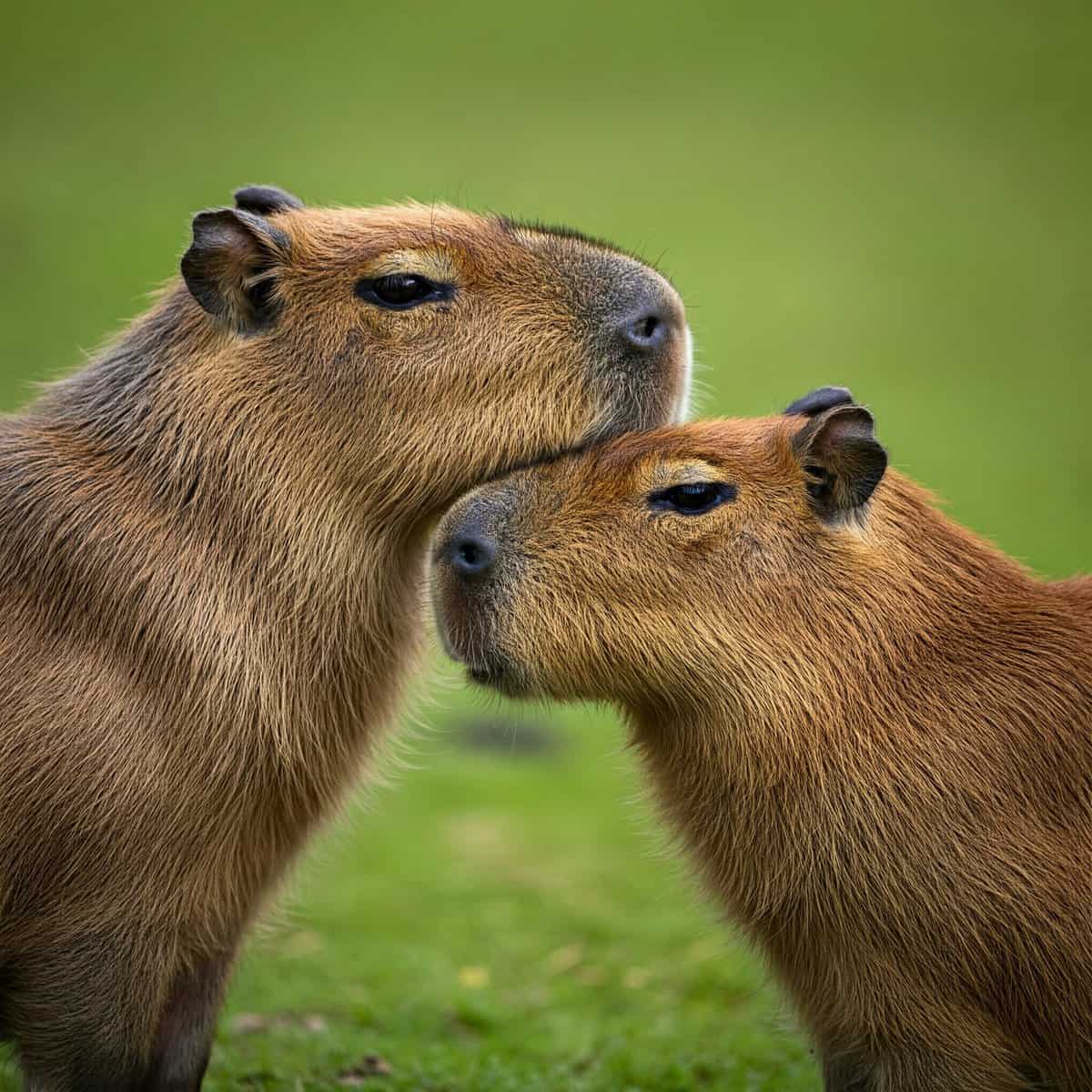If you’ve ever been charmed by these gentle giants, you’ll appreciate their close-knit lifestyle. Capybaras are truly social animals, often found hanging out in a tight-knit community. What Is A Group Of Capybaras Called? A group of capybaras is typically called a herd.
Living together offers them both companionship and safety, which plays a big role in the happiness of these mammals.
They form strong bonds, displaying delightful behavior that can make you smile.
Within their community, playful interactions abound, and teamwork is evident as they engage in various activities together. You might catch a group of capybaras basking in the sun or enjoying their time together as a close-knit community, showcasing their social nature as these fascinating mammals interact within their herd.
Click here to learn more about: tools
What Defines A Group Of Capybaras
Imagine a delightful scene where capybaras gather in harmony, embodying the essence of companionship. These gentle rodents thrive on social bonds, often foraging together or grazing peacefully in their lush aquatic habitats.
Each member plays a unique role within the group, contributing to a fascinating social structure that fosters friendship and support.
With a temperament that is effortlessly friendly, it’s clear why they seek the comfort of their fellow creatures!
When we think about what a group of capybaras is called, it naturally leads us to explore the captivating world of their social behavior. Their interactions are a dance of connection, where each individual navigates relationships with ease, foraging for companionship in the diverse habitats of their aquatic world, bonding together through their unique temperaments and grazing habits.

Understanding Capybara Social Behavior
Isn’t it intriguing how these charming creatures interact with one another? Native to South America, capybaras thrive in their wetlands and river habitats, often forming tight-knit groups. The dynamics within these communities are fascinating, showcasing a variety of interactions, from playful antics to the soothing ritual of grooming.
Each vocalization and gesture serves a purpose, enhancing their connections and overall well-being.
These bonds play a significant role in maintaining harmony in their ecosystem, offering a unique glimpse into the social lives of capybaras.
As we explore what defines a group of capybaras, it becomes clear just how important these relationships are for their survival.
| Aspect of Capybara Life | Details |
|---|---|
| Habitat | Wetlands and river habitats in South America |
| Social Structure | Tight-knit groups with strong community bonds |
| Interactions | Playful antics and grooming rituals |
| Importance of Relationships | Essential for survival and maintaining ecosystem harmony |
Importance Of Capybara Community Dynamics
When it comes to these gentle giants, their social structures are captivating and play a significant role in their lives. Capybaras typically gather in groups, showcasing their friendly nature in herds that can range from ten to twenty members.
Communication among them is vital, as it fosters roles and helps maintain harmony within the group.
Each capybara recognizes its place in the hierarchy, which promotes a sociable atmosphere that benefits everyone involved.
Working collectively, they not only defend against predators but also engage in grooming rituals that strengthen bonds. These interactions are crucial for their conservation and overall happiness.
Transitioning from this dynamic, let’s explore how capybaras bond in nature.
How Do Capybaras Bond In Nature
These fascinating creatures showcase a unique social structure that highlights their playful and affectionate nature. Often seen lounging together, they naturally form groups ranging from 10 to 20 animals, which helps them thrive in their environment.
Within these gatherings, capybaras foster strong emotional ties, sharing tender moments and support.
Grooming one another becomes a delightful ritual, keeping their fur clean while reinforcing their connections.
Engaging in playful antics not only adds joy to their lives but also ensures friendships hold strong throughout their time in nature.
Communication plays a significant role, with unique vocalizations and body language expressing their feelings. Such interactions help maintain harmony within the group, making it easier for them to navigate daily challenges. As these social dynamics unfold, leadership and hierarchy become apparent, particularly in larger communities, which often reflect the impacts of domestication and breeding practices on offspring and juveniles, serving as bioindicators of environmental health in nature.
- Capybaras typically form groups of 10 to 20 individuals, enhancing their social interactions.
- Grooming is a common behavior among capybaras, serving to strengthen bonds and maintain hygiene.
- They use vocalizations and body language to communicate, which helps maintain group harmony.
- Social hierarchies are evident in larger communities, influenced by domestication and breeding practices.
Conclusion
These remarkable creatures offer us a glimpse into the beauty of community life. Capybaras thrive in their social structure, forming tight-knit groups that enhance their chance of survival.
Beyond their undeniable cuteness, their group dynamics present an intriguing way of living.
Found in grasslands and near water, they engage in socializing, grazing, and even providing protection against predators.
Their role is significant, as their presence helps maintain the ecosystem within wildlife reserves. Learning about their behaviors enriches our appreciation for their contribution to nature. So, next time you see a capybara, take a moment to think about the community that supports their charming existence, including their conservation status, group dynamics, and social structure in the grasslands and wildlife reserves that enrich their lives as semiaquatic large rodents.
Biggest Rodent Species Revealed
How Do You Say Capybara Simply

